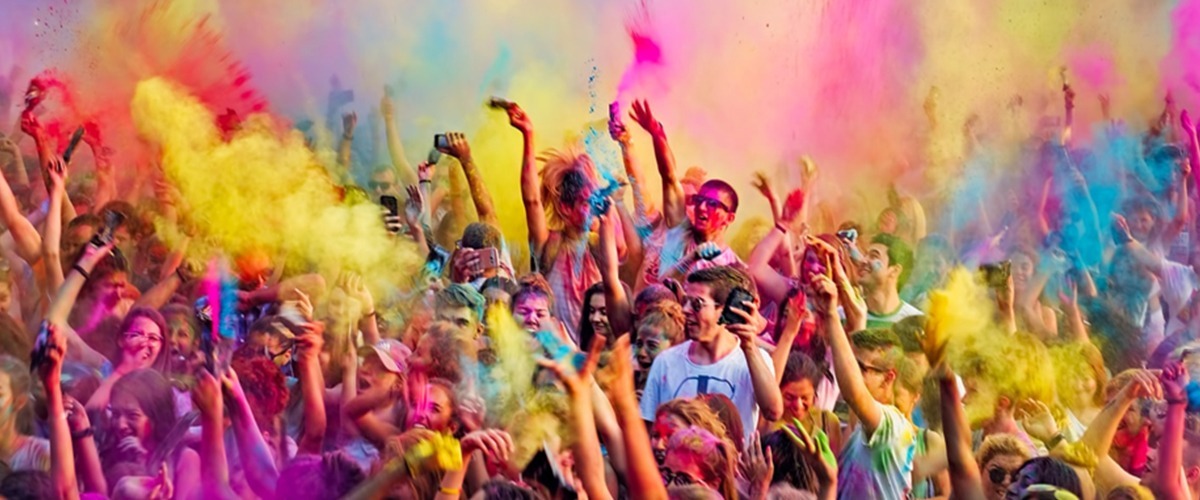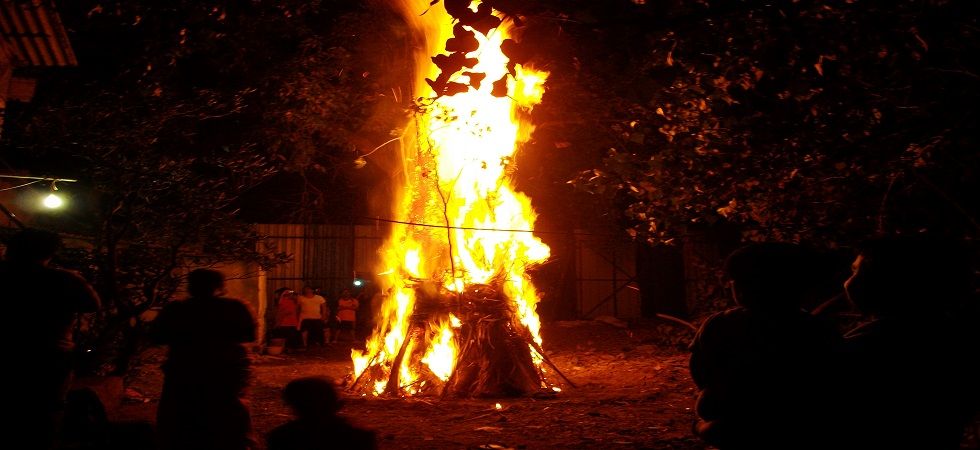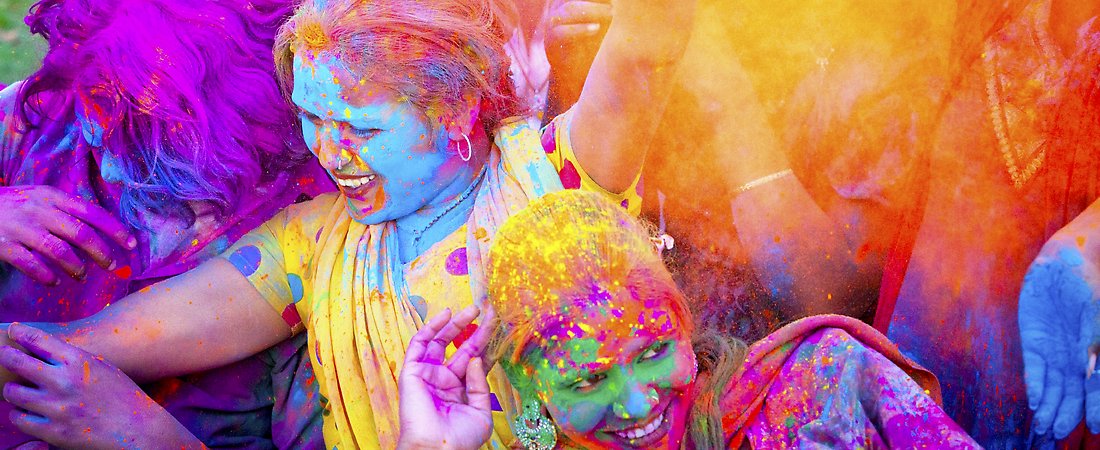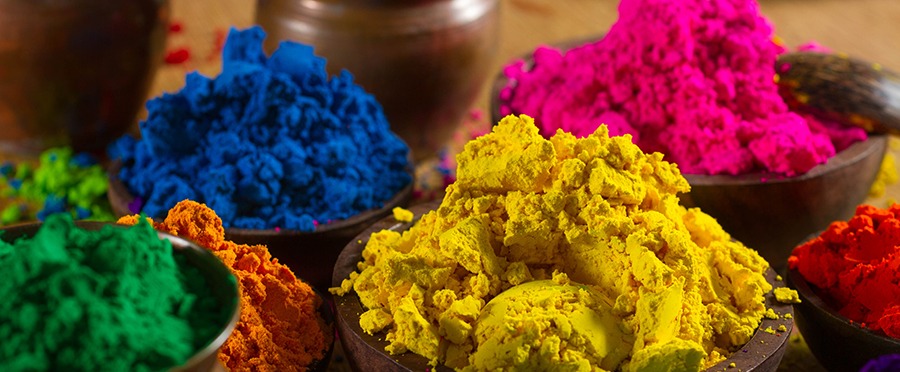
India’s more vivid, bright, and joyous occasion celebrated. Holi is a festival of colors commonly celebrated by the Hindus of India. However, recently it becomes a festival that people from all backgrounds, races, and religions have come to enjoy. The enjoyable festival has a lot of interesting facts you need to know!

This festival has been celebrated in India for years dating back to the 4th century. The tradition started as a symbolic representation of the “triumph of good over the evil”. It is celebrated in March according to the calendar of Hinduism and also marks the beginning of spring. Like other festivals you may know of, Holi is also associated with interesting legends such as the story of Radha and Krishna (Hindu Gods), the story of Holika Dahan (the story of a powerful king).
A popular version of the story of Holika Dahan is when the evil king forced all his subjects to worship him as God. But his son, Prahlada continued to worship a Hindu Deity Lord Vishnu. This made the king rise with anger and ordered his sister to kill his son. The story goes on to tell how Prahlada’s faith in his God had saved him from the burning fire and burned Holika who had planned this evil death instead.

On the evening before the festival, large pyres (big wooden logs lit with fire) in many parts of India represent the burning of evil spirits in the country. This is sometimes celebrated over bonfires. The festival is celebrated by people throwing colors on each other, music, dance and even splashing water! Water guns are used to squirt colored water on others. The day is filled with laughter and joy and ends usually with festive food and sweets distributed among family and friends.
Holi festivals are celebrated in various ways across the country. Recently, it has become a very popular festival outside of India as well.

Holi is called the festival of colors because each of the colors used in the festival symbolizes a significant element of the celebration. The color blue is for Lord Krishna, a Hindu God that is presented with blue skin. Green symbolizes the rebirth of new beginnings. Red is the color of marriage and can signify the importance of matrimony and fertility and finally yellow, is the color of turmeric which is a popular element used in many Indian occasions.
To conclude, this festival is one of the most loved celebrations in India and now all over the world as it brings together friends and family in a joyous environment.



